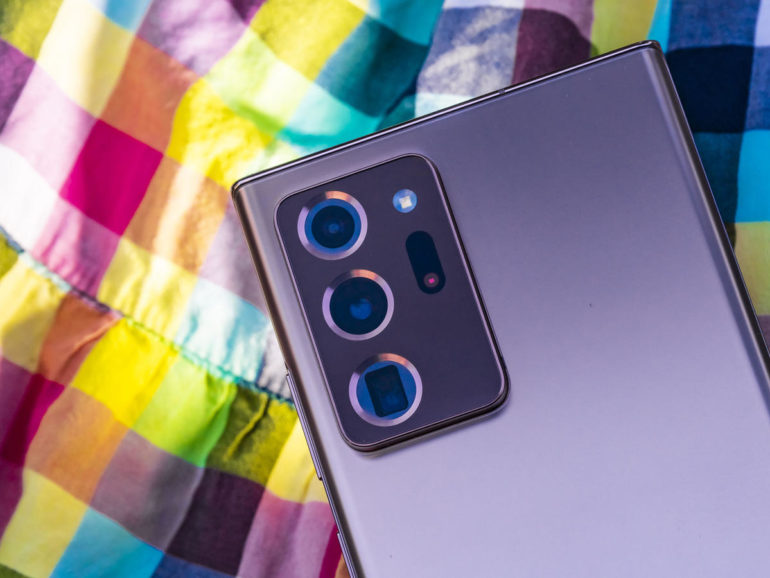Reports are circulating that Samsung might drop the next version of its premium Galaxy Note, the smartphone that created the phablet category and forced Apple to make larger-screen iPhones.
Thanks to COVID-19, the world has had better years than the disaster that was 2020. The global pandemic may also be having a dramatic impact on smartphone lineups in 2021, by accelerating consumers’ shift from high-end to mid-range phones that have capable processors and cameras to take decent photos and video, possibly on a 5G network.
Reuters reports that Samsung may discontinue its Galaxy Note phone in 2021. If it were to launch, the next Galaxy Note would be called the Galaxy Note 21.
Discontinuing the Galaxy Note would be a major marker in the history of smartphones.
The Galaxy Note proved Apple co-founder Steve Jobs was wrong when he announced the 3.5-inch screen iPhone 4 in mid-2010 and mocked Android rivals – mostly Samsung – for creating big-screen phones that people couldn’t get their hands around.
Samsung released the Galaxy Note a year later, simultaneously debunking Jobs’ argument and creating the phablet category that Apple would later emulate with the iPhone 6 Plus in 2014. The Galaxy Note is known for its large screen and a stylus.
But back then Samsung’s aspired to create a tablet-like experience in a smartphone. These days, its focus is on high-end smartphones in the foldable category, such as the Galaxy Fold and the $2,000 Samsung Galaxy Z Fold 2.
According to Reuters, Samsung does not intend to develop a new Galaxy Note for 2021, citing three unnamed sources who claim to know about the South Korean multinational’s plans.
Samsung instead will make a Galaxy S 21 with a stylus and a new foldable with a stylus that will be sold separately. Reuters reports that Samsung is redirecting engineering efforts from the Note to new foldable smartphones.
As ZDNet’s Jason Perlow argued in August, “phablets are so pre-pandemic” due to the emergence of cheap phones and cheap tablets.
The Samsung Note 20 Ultra, for example, has a hefty 6.87-inch screen but it and the iPhone 12 Pro Max break the $1,000 barrier significantly. The iPhone XR – a cut below the iPhone 11 – meanwhile became Apple’s best-selling iPhone.
And that was before the pandemic, which forced people who were once focused on mobile computing to sit tight and work at home for the foreseeable future.
The Galaxy Note 20 Ultra significantly breaks the $1,000 price barrier.
Image: James Martin/CNET



